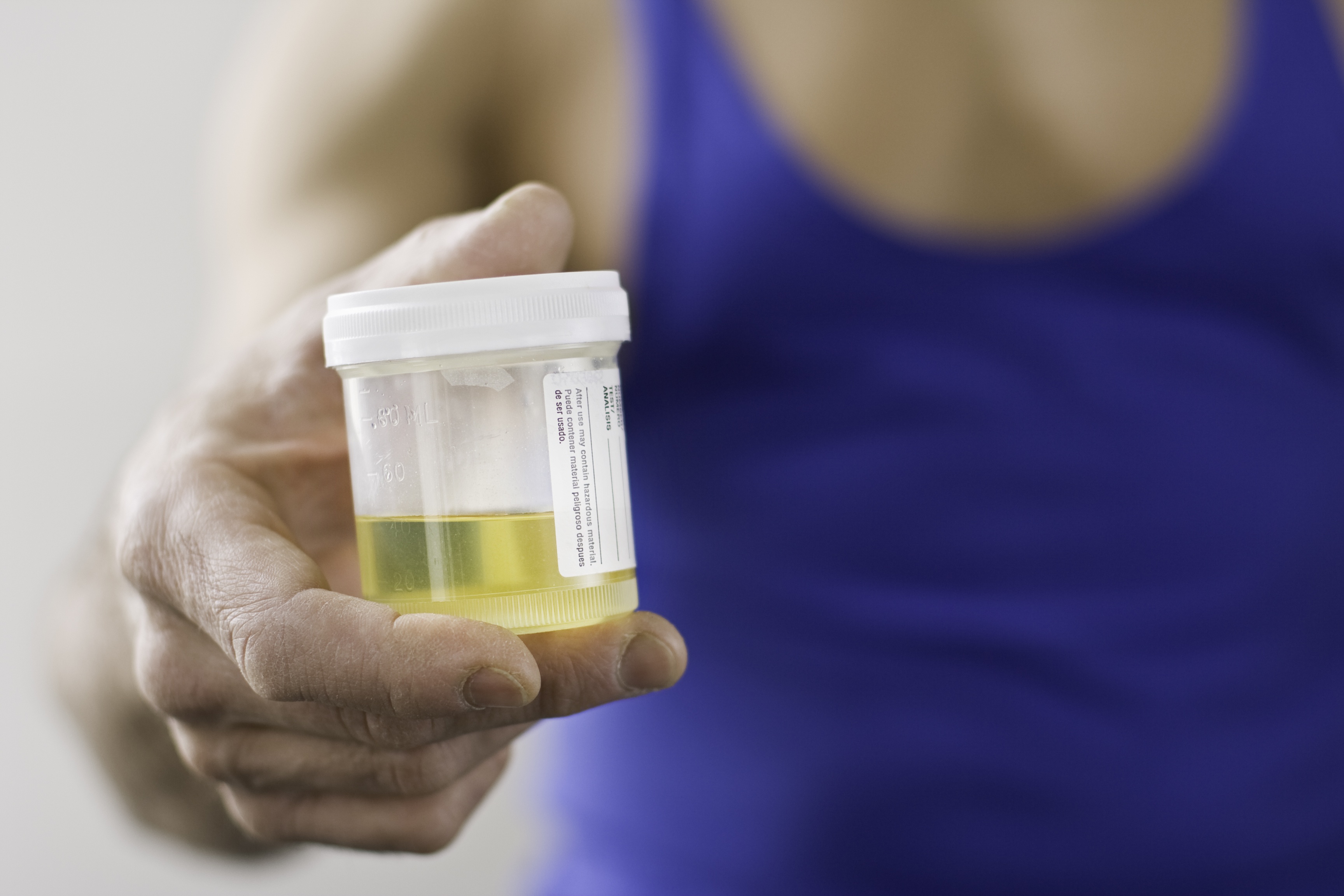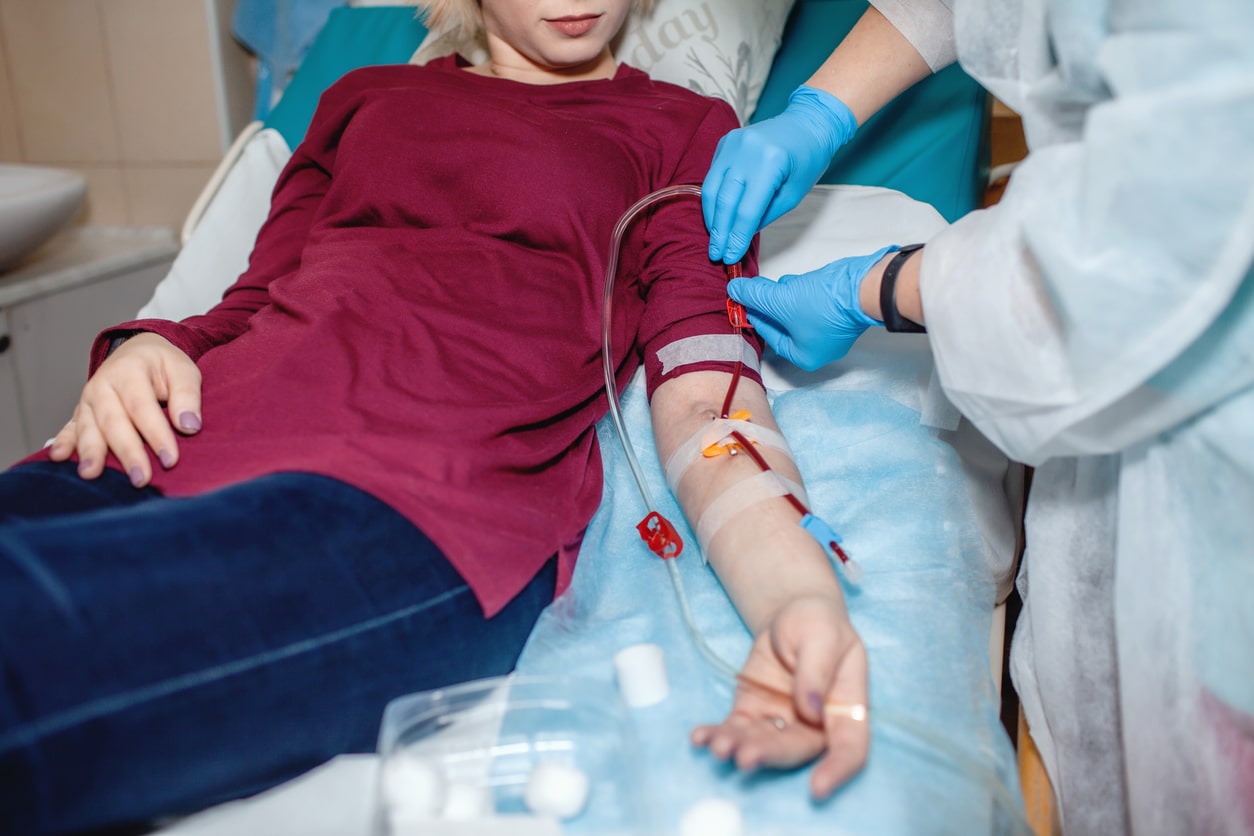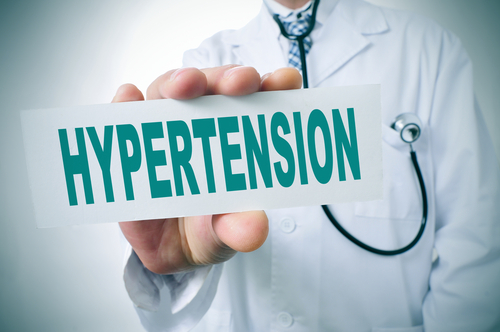
During the coronavirus disease 2019 (COVID-19) pandemic, there was a surge in patients requiring intensive care. Among patients with COVID-19 who are critically ill, 4.8% to 6.9% develop acute kidney injury stage 3 requiring dialysis (AKI 3D). AKI 3D is commonly managed with continuous kidney replacement therapy (CKRT) in the intensive care unit (ICU).
Anticipating a surge in patients with AKI 3D, the healthcare system underwent crisis capacity activation for inpatient CKRT, an adjustment to standards of care. Various strategies were implemented to improve capacity for CKRT, including procuring additional CKRT machines from manufacturers, decreasing the dose and duration of CKRT, and expanding use of hemodialysis and peritoneal dialysis. However, there were CKRT shortages in hospitals in New York during the initial wave of the pandemic.
To inform planning for current and future crises, Yuvaram N. V. Reddy, MBBS, and colleagues conducted a study designed to develop mathematical models of CKRT demand and capacity to inform emergency planning, identify areas where more data are needed, and mitigate CKRT shortages during the current pandemic and future crises. Results of the study were reported in the American Journal of Kidney Diseases [2020;76(5):696-709].
The researchers developed mathematical models to predict nationwide and statewide CKRT demand and capacity. The model utilized data from the Institute for Health Metrics and Evaluation model, the Harvard Global Health Institute model, and the published literature. The study population included patients in the United States hospitalized during the initial wave of the COVID-19 pandemic (February 6, 2020, to August 4, 2020). The outcomes of interest were demand and capacity of CKRT and the number of states projected to encounter shortages in CKRT.
The models projected that, during the study period, cumulatively 28,479 (95% uncertainty interval [UI], 21,974-39,338) patients with COVID-19 in the United States would require CKRT. The researchers estimated a nationwide daily capacity of 7032 CKRT machines. In a state-by-stage comparison of CKRT demand and capacity, there was a combined shortage of 1088 (95% UI, 910-1568) machines. There were shortages projected in six states (Connecticut, Maryland, Massachusetts, Michigan, New Jersey and New York) at peak resource use during the initial wave of the pandemic. Possible shortages were projected in eight other states (Arizona, Colorado, Louisiana, Nebraska, New Mexico, Rhode Island, South Carolina, and Wyoming).
Results of multiway sensitivity analysis in the best case scenario, defined as lowest demand and higher capacity, projected that from February 6, 2020, to August 4, 2020, a total of 26,053 (95% UI, 20,229-35,523) patients with COVID-19 in the United States would require CKRT. The models estimated a nationwide daily capacity of 10,254 CKRT machines. In a state-by-state comparison, results demonstrated a combined shortage of 614 (95% UI, 498-834) machines. Shortages were projected in Connecticut, New Jersey, and New York at peak resource use during the initial wave of the pandemic. The model also projected possible shortages in Arizona and Colorado.
In the worst-case scenario, defined as highest demand and lowest capacity, the projections demonstrated that from February 6, 2020, to August 4, 2020, CRKT would be required by a total of 38,013 (95% UI, 29,208-52,978) patients with COVID-19 in the United States. The model estimated a nationwide daily capacity of 4395 CKRT machines. Results of a state-by-state comparison demonstrated a combined shortage of 4540 (95% UI, 3886-6692) machines. Shortages were projected in 26 states at peak resource use during the initial wave of the pandemic. Possible shortages were projected in 13 additional states.
The researchers cited some limitations to the analyses, including the model results being subject to simplifications and assumptions, the dynamic nature of the COVID-19 pandemic, the assumption that all patients with AKI 3D in the ICU would receive CKRT, and the tendency of multiway sensitivity analyses to overweight extremes.
“In conclusion,” the researchers said, “several US states could encounter CKRT shortages at peak response use during the initial wave of the COVID-19 pandemic. More complete and reliable data on CKRT demand and capacity would improve the estimates of future model-based analyses. Strategies such as the creation of an inpatient CKRT national registry and a national stockpile to bolster state capacity should be considered to mitigate CKRT shortages during the COVID-19 pandemic and future healthcare crises.”
Takeaway Points
- Researchers in New York performed an analysis to estimate shortages in capacity for continuous kidney replacement therapy (CKRT) for patients with acute kidney injury stage 3 requiring dialysis during the initial wave of the coronavirus disease 2019 (COVID-19) pandemic.
- In base-case model assumptions, there was a nationwide capacity of 7032 machines, an estimated shortage of 1088 machines, and shortages in six states at peak resource use.
- The findings suggest a need to establish an inpatient CKRT national registry and maintain a national stockpile of CKRT equipment.







 © 2025 Mashup Media, LLC, a Formedics Property. All Rights Reserved.
© 2025 Mashup Media, LLC, a Formedics Property. All Rights Reserved.